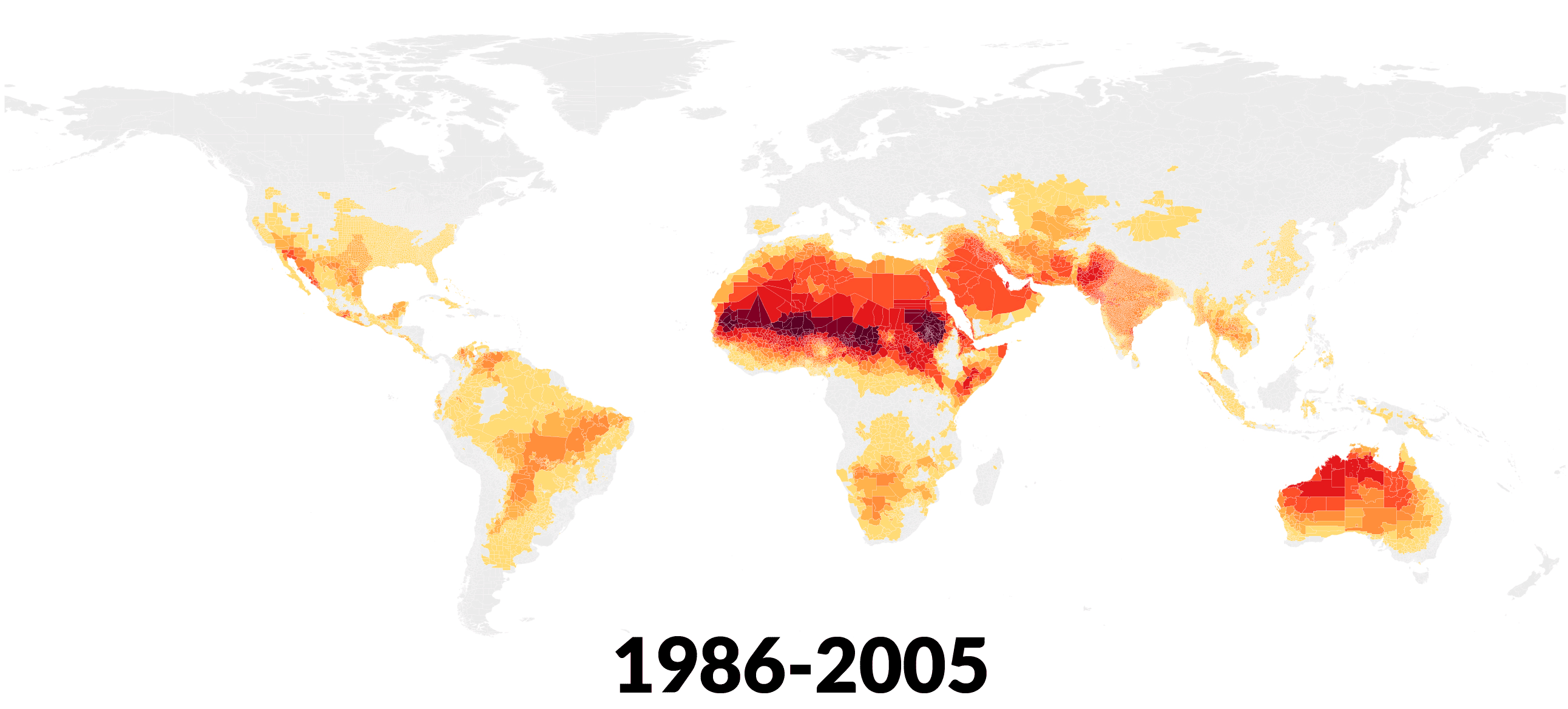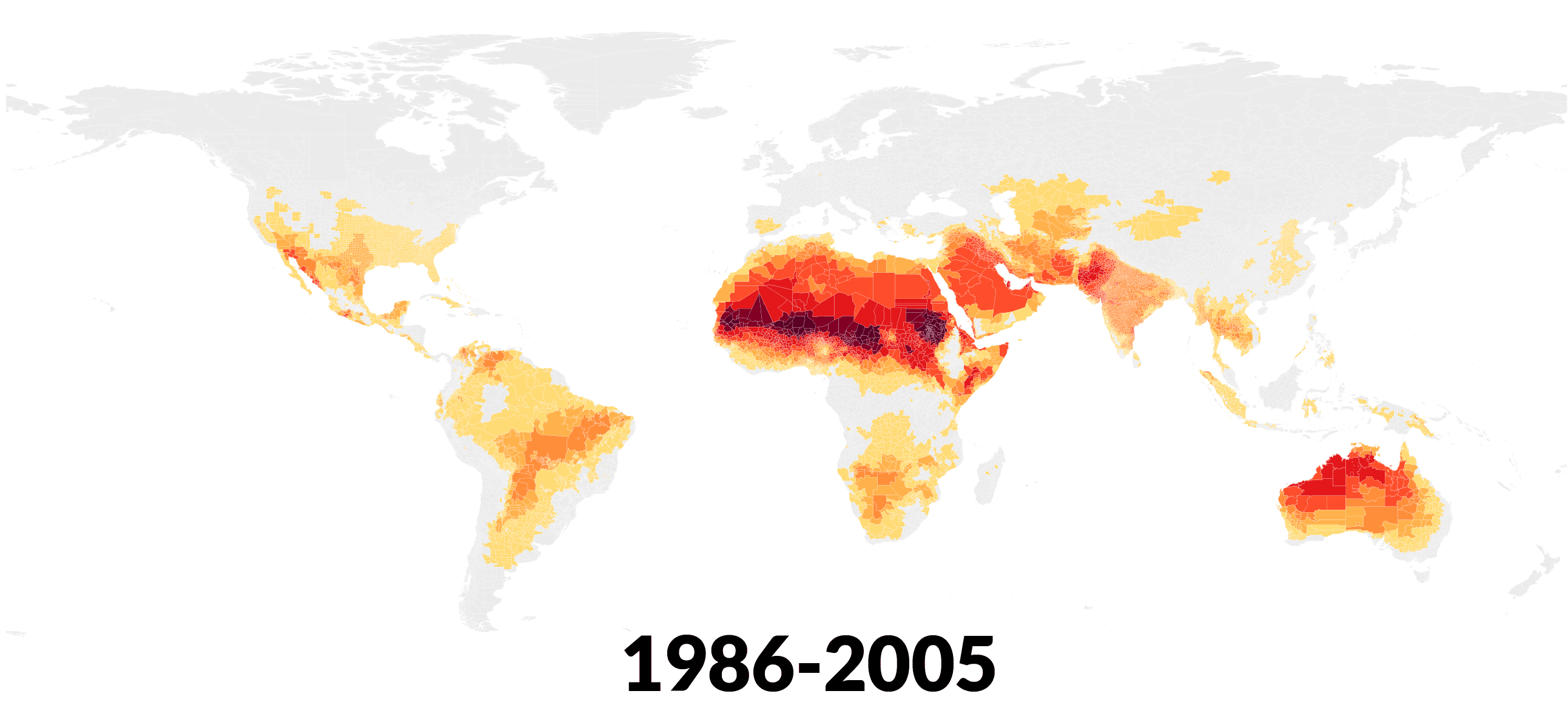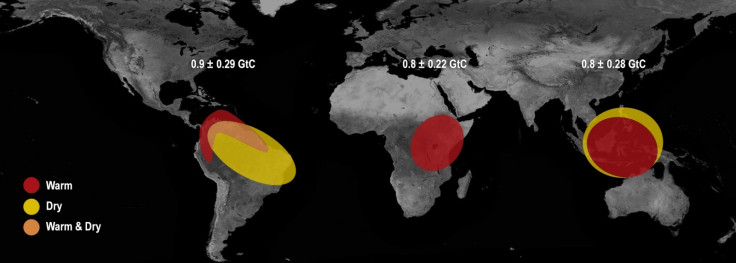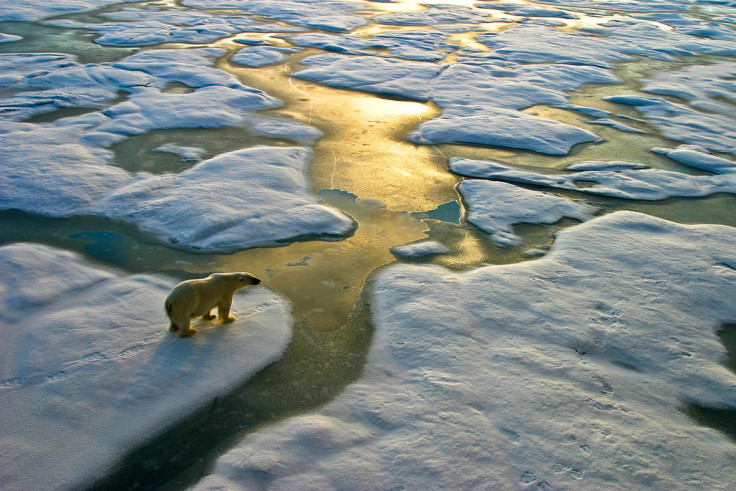12 frightening results of climate change that we saw this year
There is a lot of work ahead of us in preserving what is left of our planet.
Climate change, or global warming, is a subject that received a lot of attention this year. 2017 has seen erratic weather patterns, including massive storms and fires, and disheartening news from the scientific community about the state of the planet.
Here is IBTimes UK's list of the most important climate-based news in 2017. This list is by no means complete and does not include every single climate-based event this year, but is rather only a highlight reel. Also, the list has been in arranged in order of occurrence, starting in January 2017, and is not ranked by significance or importance.
The year started with the announcement that 2016 was the hottest one on record. Since climate levels first started being recorded in 1850, there has been no hotter year than 2016. Later in 2017, even the global warming hiatus was debunked. Scientists have found that temperatures have been steadily rising as a result of global warming.
Incidentally, before 2016, 2015 was the warmest year on record.
The largest ice shelf to ever break off into the sea: Larsen C
The story of Larsen C was in the news at the beginning of 2017 when it was reported that an ice shelf, one-quarter the size of Wales, was about to break off from Antarctica. In January, a report said that when it does break, it will be the largest iceberg in the region, about 5,000 km in size.
By July, it was just about to break off from the ice shelf and set itself adrift into the southern ocean. ESA called its size "biblical". It was expected to extend almost 210 metres into the sea as it floated like an island.
On 12 July, 2017, the 5,000 km ice berg finally broke off – that's a trillion tonnes of freshwater added to the sea.
Arctic permafrost has started to melt
Permafrost, or the permanently frozen sections of ice, has started to thaw in the Arctic tundra. This region covers an area of 20 million sq. kilometres. Permafrost is described as ice that remains frozen throughout the year. The Arctic permafrost has been in a frozen state for thousands of years and global warming has started to gradually thaw out the ice.
This is bad news because all the dead, preserved organic matter will now start to decompose and release methane and several other carbon-based gases into the atmosphere. About 1,500 tonnes of carbon is locked up in the permafrost and its release into the atmosphere could bring about catastrophe. That is about three times as much carbon as all the forests of Earth combined.

Increasing dead zones in the oceans
Oxygen levels in the seas of the world have been steadily falling over the years and this is caused by the increasing surface temperature of water. Warm air will rise to the surface and stay there, reducing the circulation of water, exposing lesser water to the open air and cutting off the aeration effect. This creates "dead zones" in oceans – regions where mid-depth water has little to no marine life.
Antarctica has recorded temperatures as high as 17.5 degrees C (63.5 degrees F). While the tempreature was recorded in 2015, it was only published this year. Since then, warm water has been found melting out the underside of many shelves in Antarctica. The increased temperature of the air has been melting down the icy continent rapidly as well. The ice shelves in Antarctica are even more fragile than was first believed and things don't seem to be getting better there.
Trump bows out of the Paris Climate Agreement
US President Donald Trump withdrew from the Paris agreements in June this year. By November 2017, the US became the only nation that had not ratified the Paris accords – even North Korea and Syria had signed it. Trump has been a vocal critic of climate change agreements and the world's second-largest polluter is among the few countries right now that do not see climate change as being caused by human activity, according to their official state policy.

Projected effects of climate change maps
Temperatures accross the world are set to increase by approximately 4-6 degrees C before 2100. Temperatures of 35°C are also likely to increase and spread in many regions of the planet, according to a new study by the Climate Impact Lab. Maps showing what will happen to the global climate were released and they do not look too good.




Sixth mass extinction underway
Scientists have declared that the world is facing its sixth mass extinction as several vertebrate species of animal life are disappearing fast. The loss of biodiversity in the Earth is a pressing problem. In fact, over the last century, it has been estimated that 200 species of vertebrates have gone extinct, which is roughly about two species every year. These losses continue to happen and are irreversible. The report was published by the PNAS.
Hurricanes rattled the world this year as well
The 2017 hurricane season was the second most expensive on record in the US, only behind the year 2005, that brought Katrina, Dennis, and Cindy, noted a report by Time. This year, Harvey, Irma, and Jose caused an estimated damage of over $150-$200 billion. Harvey made landfall in August, Irma followed soon after and Jose came after it. These three hurricanes were caused by warmer climates intensifying the effects of the storm, scientists said. Super storms are likely to increase in number and ferocity in the coming years.
Our atmosphere as art! Enjoy this visualization created from NASA data that represents tiny particles such as smoke, dust, & sea salt as they are transported across the globe, making sweepingly beautiful visible weather patterns. pic.twitter.com/X3xfAYwqGY
— NASA Goddard Images (@NASAGoddardPix) November 16, 2017
Carbon dioxide levels highest in 800,000 years
Carbon dioxide in the atmosphere reached record highs this year. In over 800,000 years, there has never been so much carbon in the atmosphere, noted a report by the World Meteorological Organization (WMO).
"CO2 remains in the atmosphere for hundreds of years and in the oceans for even longer. The laws of physics mean that we face a much hotter, more extreme climate in the future. There is currently no magic wand to remove this CO2 from the atmosphere," said WMO Secretary-General Petteri Taalas.
Nasa pointed out that the extreme El Nino season in 2015 was one of the reasons for this massive spike in CO2.

Greenland is melting at a rate that is higher than previously estimated and is likely to melt into the sea in about 500 years. While it will not melt away in an even manner throughout, large cracks in the ice are apparent and will lead to a lot of loss in terms of the volume of ice over the next hundred years.
Scientists issue warning to humanity
In what is probably the most sobering of all climate related news in 2017, a report titled 'World Scientists' Warning to Humanity: A Second Notice' was published after 15,000 scientists from 184 countries came together to say that this second notice needs to be taken seriously. If not, catastrophic biodiversity loss and widespread human misery is sure to follow.
"Scientists are in the business of analysing data and looking at the long-term consequences. Those who signed this second warning aren't just raising a false alarm. They are acknowledging the obvious signs that we are heading down an unsustainable path. We are hoping that our paper will ignite a widespread public debate about the global environment and climate," said William Ripple, one of the authors of the report.
The first notice was released in 1992, and things have only gotten a lot worse since.

It is important to note that while this list is quite alarming, it is not intended to cast a sense of doom. Rather, it is a reminder of the work required in order to keep the planet sustainable.
This year has also seen quite a bit of positive change. Companies as well as governments seem to be taking steps to cut down on emission levels and are also moving towards a renewable energy-based ecosystem. Car manufacturers, for example, are slowly abandoning fossil fuel-based engines for all-electric models. In fact, the British government has said that by 2040, petrol and diesel engines will be completely banned in the UK.





















